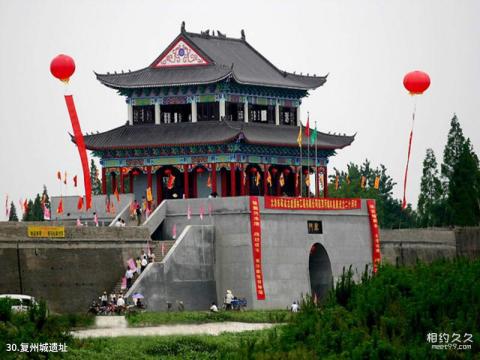
Introduction to the Fuzhou City ruins: Miancheng is an ancient cultural city with a long history. From the Northern and Southern Dynasties and the Western Wei Dynasty to the early days of the founding of the People's Republic of China, it has been the jurisdiction of counties, roads, prefectures, prefectures, and counties. It was the political, economic, and political center of Mianyang in the past. The center of culture. Miancheng has three cities in history, and the ruins of these three cities form a tripod: one in the southeast is Fuzhou City, built in the early Tang Dynasty; one in the northeast is Jiangbei City, built in the early Song Dynasty; and one in the west is Miancheng City. Yangcheng was built in the early Ming Dynasty. Mianyang was called Fuzhou before the Song Dynasty, so it was called Fuzhou City. In 1938, the Japanese invaded and bombed the city indiscriminately; in 1941, Wang Jinzai, commander of the 128th Division of the Kuomintang, carried out a scorched-earth war of resistance and set fire to the city, turning the ancient city of Mianzhou into ruins.
On June 28, 2006, the ancient city wall reconstruction project laid a grand foundation at the "Broken Dikou" site of the original Fuzhou City. The reconstructed Fuzhou City is adjacent to the New National Industrial Park to the north and Honghao Garden to the east. Scenery: It is connected to Mianyangzhou Leisure Farm in the south and Qiliyuan Qianhe Ecological Lotus Scenic Area in the west. The city wall is 350 meters long and 6 meters high. The city walls stretch from north to south, echoing the east and west, and are majestic. The city towers rise tens of meters from the ground, with carved beams and painted buildings, and bright ridges and cornices. It contains ancient and modern poems, couplets, songs and poems collected from all over the country and compatriots in Taiwan, as well as the famous "Eight Scenes of Mianyang" oil paintings, etc., which fully capture the Jianghan style and the Jingchu style.
